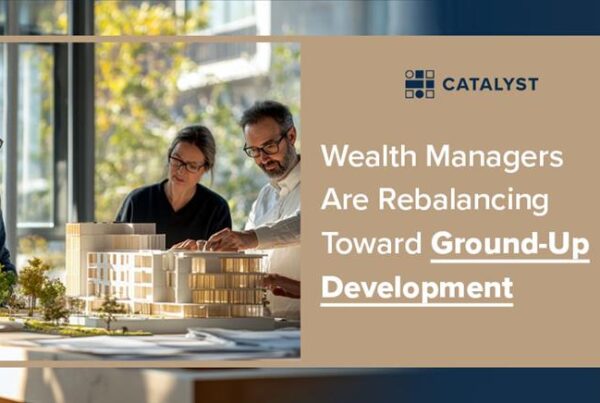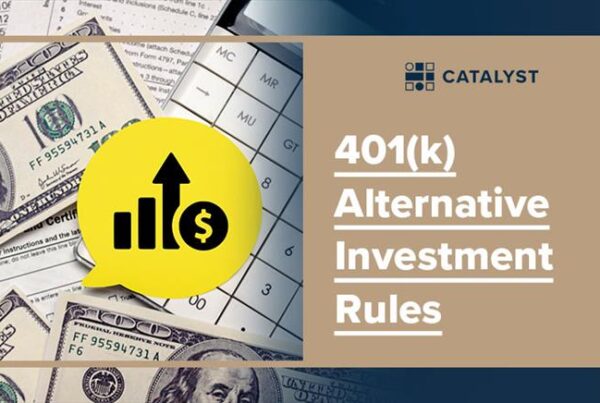February 15, 2023 | 3 min read
Post-Pandemic Multi-Family Development: The Lasting Impact of COVID-19
The COVID-19 pandemic was an unanticipated catastrophe that wreaked havoc on the global economy. Every industry in the United States was negatively impacted by the pandemic, and multi-family real estate is no exception. From supply chain disruptions that prevented the construction of new multi-family developments to anxiety about social distancing making renters less inclined to live in close proximity to strangers, the multi-family industry took a major hit during the pandemic.
Fortunately, with life gradually returning to normal in the aftermath of the COVID-19 pandemic, multi-family real estate and many other industries have been able to rebound. Continue reading to learn more about the post-pandemic state of multi-family real estate.

Outlook of the Post-Pandemic Multi-Family Industry
If you're looking for profitable investment opportunities to recoup your losses during COVID-19, the multi-family industry is a great place to start. After the Great Recession of 2008 and other recent economic downturns, multi-family real estate recovered much more quickly than many other industries did. People will always need a place to live, and renting a unit in a multi-family property is still a more affordable alternative to the cost of owning a single-family home.
Furthermore, investment in a multi-family property can form a hedge against inflation in the uncertain post-pandemic economy. Lease rates for apartments can be reset on a year-to-year basis to keep pace with inflation unlike most other types of commercial real estate, where lease rates can take many years to change regardless of inflation. Multi-family real estate also has much better market liquidity compared to other types of commercial real estate, which have experienced plummets in asset value as a result of the pandemic.
Another major impact of COVID-19 on the multi-family industry is a transition from downtown developments to suburban developments. The coronavirus pandemic caused many changes to the way we live. One of those changes is a growing preference for suburban living. A few factors play into this change.
One of the most significant changes brought about by the pandemic is that working from home has become the norm for many people. The ability to work out of a home office has increased the flexibility of where working professionals are able to live, and a growing number have been moving out of big cities and into the surrounding suburbs, where the cost of living is lower. Concerns about social distancing have also likely contributed to this change, as suburban living provides more space than living in a large city.
The growing demand for multi-family housing in suburban areas in the post-pandemic era is something which investors would be wise to take advantage of. Both single workers and workers with families are seeking new living opportunities, and many of them are working remotely. As such, the need has arisen for the development of new multi-family properties that can accommodate the needs of renters who will be spending the majority of their time at home.
Invest in a Multi-Family Property in the Southeast
At Catalyst Capital Partners, we're currently developing a number of multi-family properties across the Southeastern United States, in markets including Asheville, Charlotte and Rock Hill. If you're interested in multi-family investment opportunities in the Southeast, we invite you to speak with us today!
Join Us
Subscribe to our newsletter.



